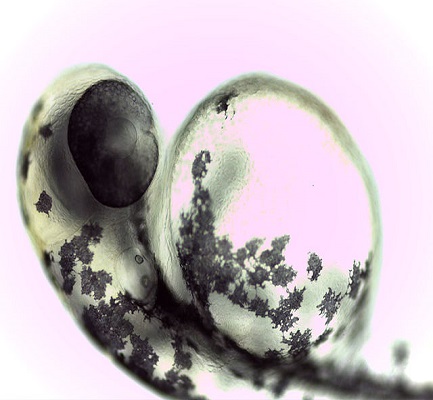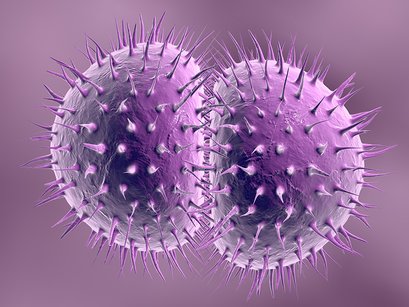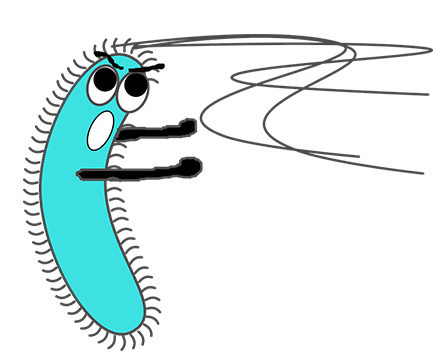Haven’t you wondered sometimes looking at animals how do they get their body color and texture which is so different for each one? The stripes on a Zebra or thick skin of a rhino or the harsh rough skin of a shark or the changing color of a chameleon. All these help the organism in camouflage, communication, finding mate etc. This pattern of color and skin texture, however, is not entirely dependent on the ecology or the evolution/adaptation of the organism. There is probably something more to it. Here we will discuss the case of Zebrafish.
Zebrafish (Danio rerio) is a tropical freshwater fish native to the streams of the southeastern Himalayan region. It obviously gets its name from the stripes on its body which resembles that of Zebra. The golden and blue horizontal stripes are formed during metamorphosis. The fish is an omnivore and can grow to 6.4 cm (2.5 in) in length in wild. The newly hatched fish starts as a colorless embryo and acquires its stripe pattern as it grows old. In a period of about six months, it reaches its maturity. In addition to being an ornamental fish, Zebrafish is widely used for scientific research especially in developmental biology as a vertebrate system.
A team of researchers at Cardiff University, UK proposed that before the formation of the distinctive striped patterns on Zebrafish’s skin, the black pigment cells (melanophores), the yellow pigment cells (xanthophores) and the silvery pigment cells (iridophores) chase each other. At a particular angle, hundreds of cells chase each other and at the end, the xanthophores push the melanophores in a position which then appears as stripes.
In the words of the lead researcher Dr. Thomas Woolley, “Experimentalists have demonstrated that when these two types of cells are placed in a petri dish, they appear to chase after each other, a bit like Pacman chasing the ghosts”.
What is crucial to know is that the chasing does not occur in a form of straight line but rather spirally with different chasing angles. The team used computer simulations to determine how critical the chasing angle is to the pattern which eventually develops on the fish’s skin.
In a mutant variation, the interaction between the cells changes and as a result a very different stripe pattern appears. This makes Zebrafish ideal to study the genetic basis of color pattern formation in vertebrates. Cell surface molecules and signaling systems are examined using various mutants.
Dr. Woolley’s work has been presented in the journal Physical Review E
Source:
1]AP Singh and Volhard Nüsslein Zebrafish stripes as a model for vertebrate colour pattern formation Current Biology 19 January 2015
2]www.business-standard.com/article/news-ani/here-s-how-zebrafish-get-its-stripes-117092900693_1.html











